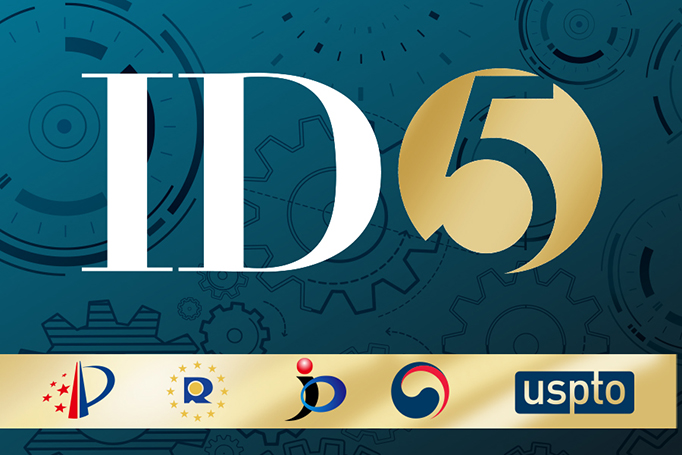The growing importance of international cooperation to the protection of industrial designs
Blog by Drew Hirshfeld, performing the functions and duties of the Under Secretary of Commerce for Intellectual Property and Director of the USPTO, and Mary Critharis, Chief Policy Officer and Director of International Affairs of the USPTO

Today industrial design helps turn complex technologies into products that can be used by billions of people, surmounting massive differences in language and culture. But with industrial design’s growing complexity, its exponential growth in importance in our time, and the advent of new technologies—such as personal computing and the numerous digital devices on the market today—it is important to ensure that our systems for protecting designs are meeting the needs of global designers.
In response to these challenges, the world’s five largest industrial design offices—the China National Intellectual Property Administration, European Union Intellectual Property Office, Japan Patent Office (JPO), Korean Intellectual Property Office (KIPO), and the United States Patent and Trademark Office (USPTO)—came together in 2015 to create the Industrial Design 5 Forum, or ID5. Their goal was straightforward: the five offices pledged to “promote and further the development of user-friendly, highly efficient and interoperable industrial design protection systems.”
The ID5 celebrated its fifth anniversary in October 2020 at the annual meeting hosted by the United States (and the forum’s first-ever virtual meeting). Meeting virtually may have been driven by necessity, but it highlighted the forum’s versatility and provided representatives from the five intellectual property offices with the opportunity to take stock of the impressive progress they have made since 2015 and to map a way forward for future cooperation.
Those accomplishments include:
- Implementation of the World Intellectual Property Organization (WIPO) Digital Access Service for designs. This electronic document exchange system has made the process of seeking design protection in multiple jurisdictions around the world significantly more efficient, and has resulted in substantial cost savings for patent applicants. (And, given the challenges presented by the pandemic in obtaining certified paper copies of applications, has eliminated countless problems and headaches for applicants across the globe.)
- Agreement by the JPO, KIPO, and USPTO on a set of common recommended design formalities practices. This agreement is in line with the draft Design Law Treaty that is currently still pending at WIPO.
- Completion of 16 projects and comparative studies providing patent applicants with numerous new comparative reference manuals to help them more easily navigate the global design patent system. Key topics include eligibility, grace period, partial designs, and 3D printing.
For U.S. patent holders and applicants, these accomplishments mean simplified electronic procedures for design patent filings abroad, and the availability of a set of tools to help them understand the practices and procedures of the five partner offices where international protection is most often sought.
Over the coming years, it will be essential for the USPTO and its international partners to work together through forums such as the ID5 to anticipate and address the challenges that still exist in the global design system for applicants. The ID5 partners recognized this at their October meeting by undertaking a number of new projects, including studies on term and renewal of protection and deferred publication and examination. They also made plans to engage in further discussions regarding the use of new technologies in examining and issuing industrial design rights.
In addition, the ID5 partner offices underlined the importance of soliciting stakeholder input in the forum’s deliberations by unveiling a joint communication plan that will allow for improved engagement with stakeholders.
Finally, recognizing the important role of intellectual property offices in the current climate, the offices pledged in a special joint statement on COVID-19 that they “stand united in their efforts to respond to the pandemic and to continue to strengthen the international intellectual property system.”
More than ever, industrial designs are being used around the world to create intuitive interfaces that turn complex technologies into useful tools. Facilitating their development and protection within a workable, international framework will be important to meeting the needs of the international design community. The USPTO is hard at work with its ID5 partners to meet this collective challenge, and is actively engaged with U.S. stakeholders, through such means as a recent forum on global trends in industrial design, to ensure that the latest developments in international design protection are made widely known. To learn more, visit the ID5 website.
Posted at 03:16AM Mar 01, 2021 in ip | Comments[1]


Posted by Professor Joshua David Sarnoff on March 01, 2021 at 08:26 AM EST #